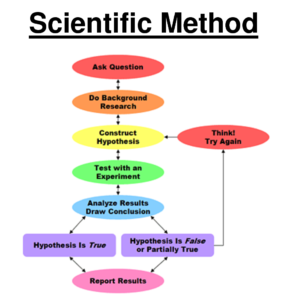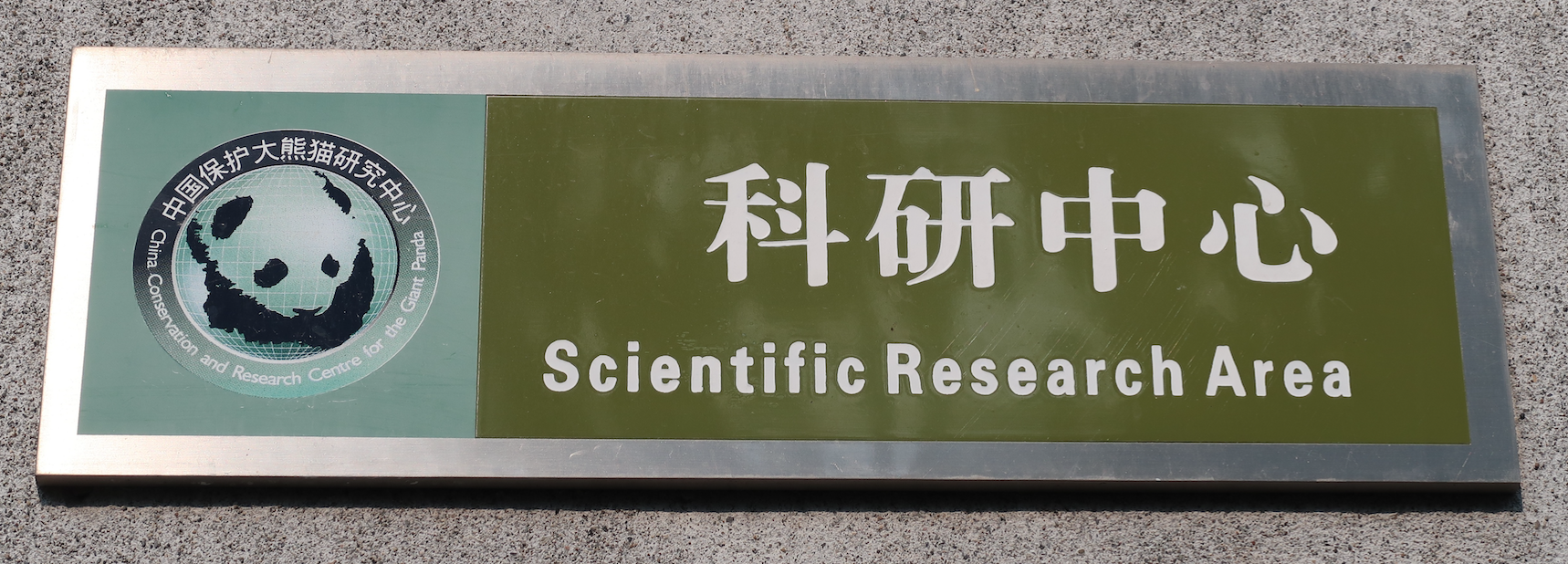As we predominantly post about the cheery and progressive aspects of our research, I thought I might pay justice to the less-than-ideal side of the equation. Science, as with most journeys in life, can come with frustrating tangents causing you to rethink your meticulously thought out plan. With so many variables at play in each of our studies, the chance of a project going smoothly is about as likely as being randomly selected for a first class, trans-pacific flight upgrade.
When we begin to lay the groundwork for a new study, we start by looking at the previously conducted research and identify outstanding questions that we can now answer. As time passes, new methods and technology are developed that allow fresh insight into past work. For example- 20 years ago, the methods to analyze for mercury were not as sensitive as they are today. In 1970, we might only be able to accurately measure in the parts-per-million, but now we have increased this sensitivity and can measure in parts-per-trillion and quadrillion. 
So, after identifying a missing piece of a puzzle or question, you begin to formulate a plan on how to go about answering this question by constructing a hypothesis. As you hone in on the specifics of your hypothesis, you then move into the test or experimental phase, from which, you draw your conclusion. Based on your hypothesis being true or false, you then can report results and give it another go by refining your hypothesis and testing again. When you lay down your plan on paper, it can look all to easy and straight forward. However, it’s usually what you don’t plan for that can really wreak havoc to your design. From my experience, and the entire reason for writing this article, the biggest unknown factor is due to logistics and human error.
Let’s look at our mercury project as an example. We began looking into the toxicology of pandas in 2010 and discovered an entirely absent amount of data. With my background in heavy metals and pesticides, we immediately formulated a plan to collect, analyze, and publish what we thought would be quick work. Fast forward six years and you discover that for reasons unknown, a set of previously stored samples were thrown away. Yes, this is tragic given that they are from a certain point in time and are irreplaceable. But, the beauty about the scientific method is that you can always re-evaluate your hypothesis. To put this another way- If the baker doesn’t get his recipe right the first time, he can always try again.
Does this mean that our long running mercury project has gone belly up? Not in the least bit. The samples that mysteriously disappeared were hair clippings. We actually ran a pilot study using hair in 2011 and will most likely use those results to answer our question on panda body burden of mercury. The exciting conclusion to our mercury study is expected by the end of this year… As long as I don’t misplace anything else.




Well, they say, “the best laid plans of mice and men”… but you are smart enough to devise a great Plan B!
On a different note – have you done or seen any research on the prevalence of cancer in pandas? I was just reading a post about Shu Lan on Facebook and they removed tumors from her perianal area and Pan Pan died from cancer. She has ascites also as well as hypertension – a lot of “human” diseases are also found in pandas! This bothers me! Could it be linked to lead? Are we killing them, too, with our lifestyles? Basi has cataracts – another seniors’ disease. Do you have a theory – are we similar in genetic make-up to the panda?
Hi JoAnn,
These are all great questions. However, in relation to being linked to lead, I’d have to say no. Our unpublished results are telling us that the bears from Bifengxia are largely absent of lead. We had a few that were barely above the detection limit, but still under the level of concern. This was somewhat of a surprise to me given the amount of pollution that is visible to the naked eye. This actually makes the second toxicology study we have performed were heavy metals were low. All good news for the bears.
In regards to your thoughts on cancer, Pan Pan was pushing ~31 years old, which is a long and life for a panda. To cite WWF, a wild panda life span is from 14-20, and captive pandas can reach 30. Shu Lan was born in 1994 making her ~23. Still, a long life. A study on the prevalence of cancer in pandas would be very interesting.
Maybe we can speak about this a little further over email-
Cheers-
Thanks for your response! I’m glad to know it’s not lead that’s causing the cancer! The Pandas get a lot of “old peoples'” diseases! I wonder why that is! Are we similar genetically or is it just a normal consequence of aging? I wonder. Would love to have your thoughts!
Sincerely, JoAnn